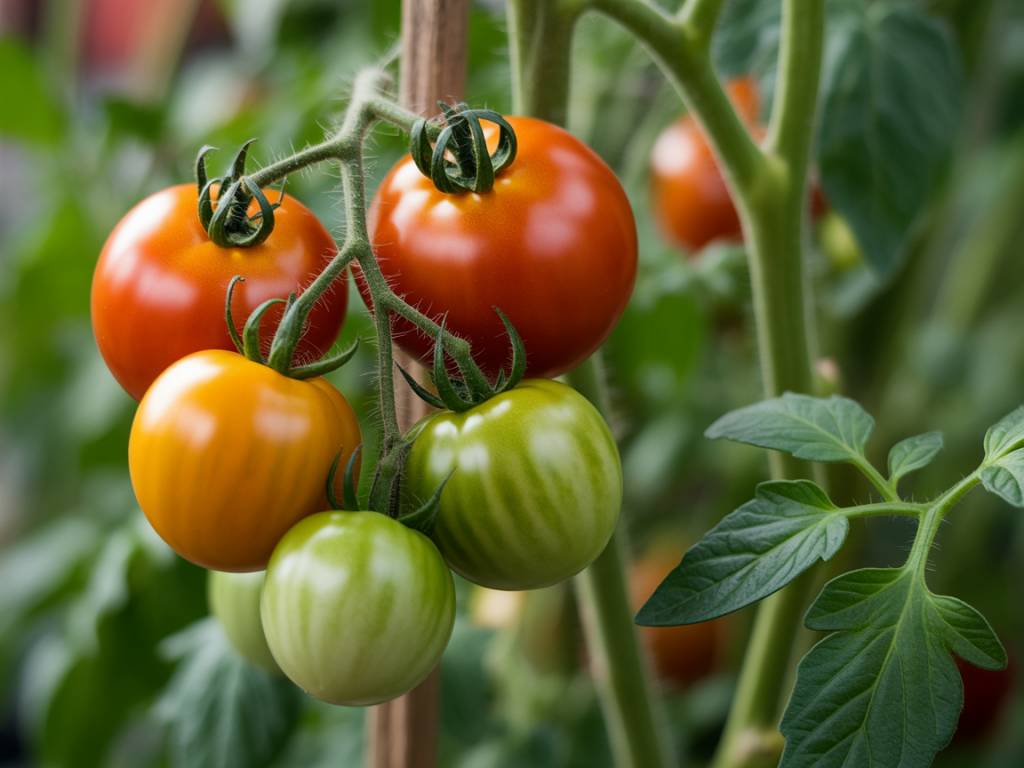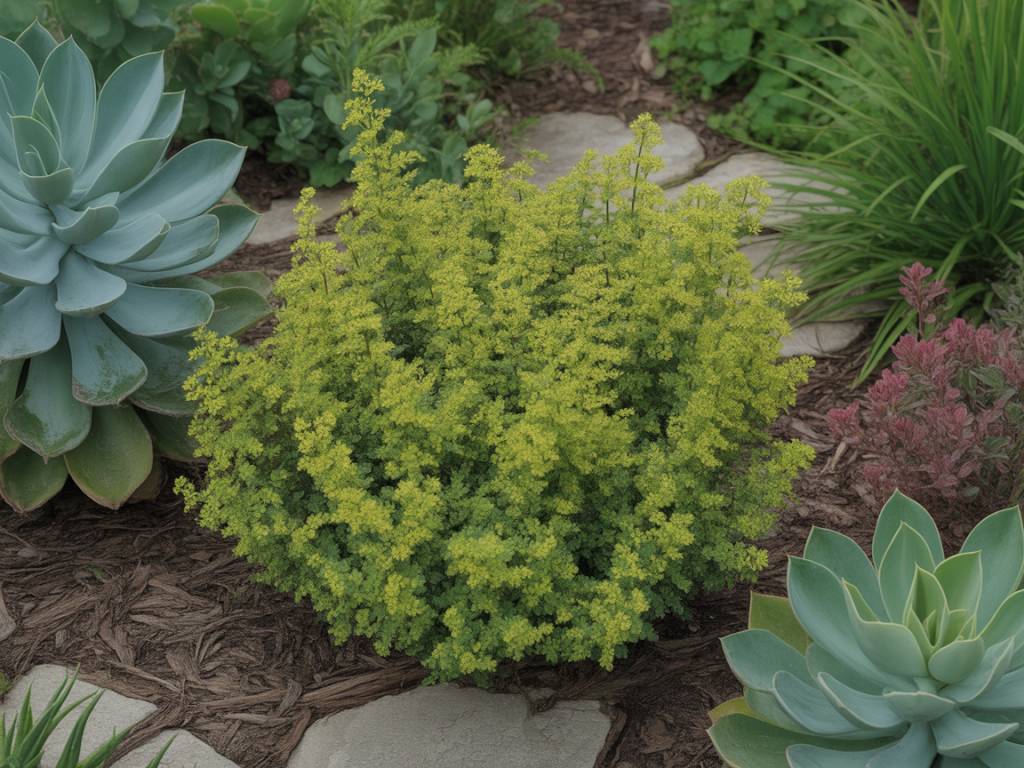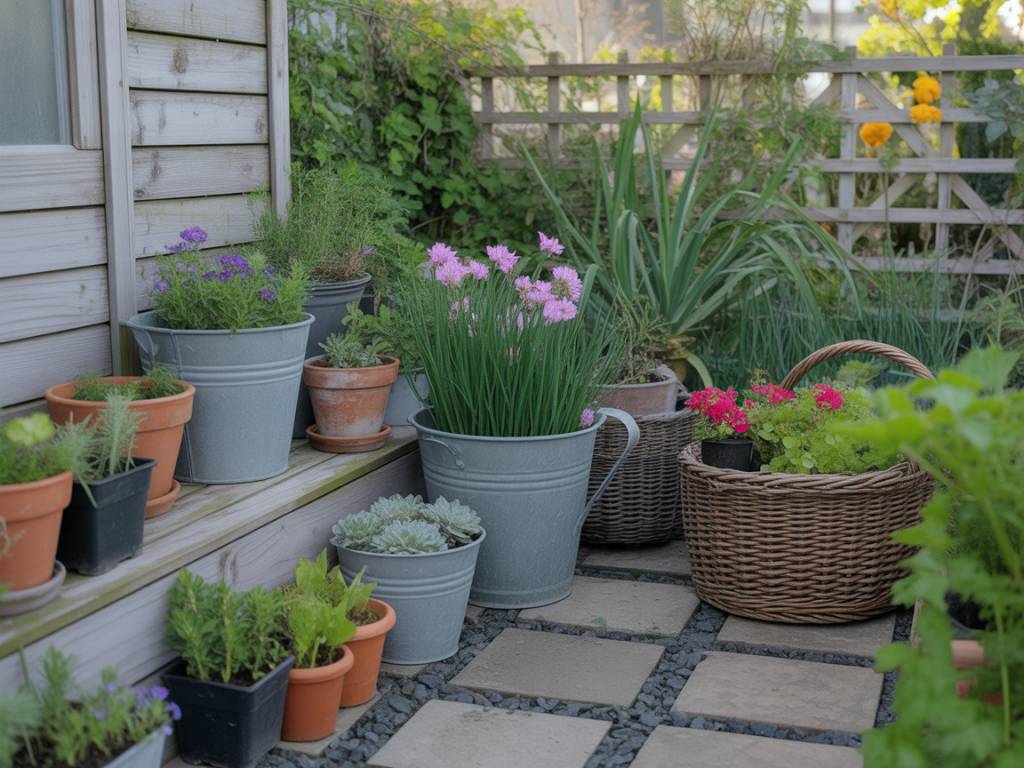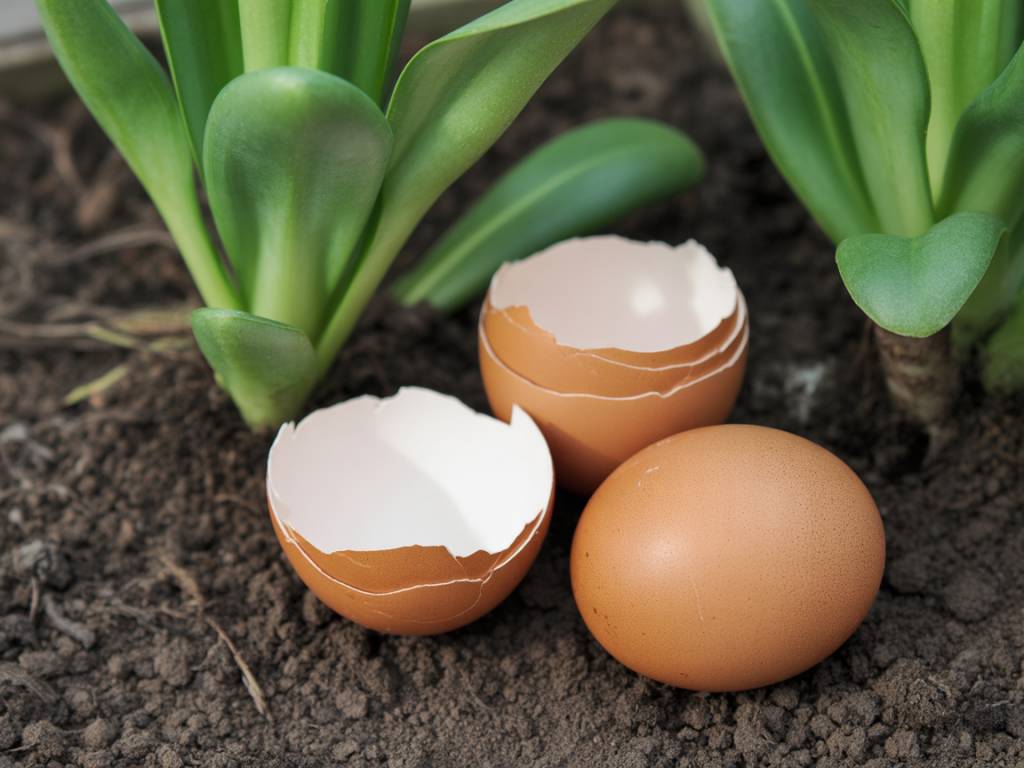There is a special kind of quiet joy in picking a sun-warmed tomato from your own garden, still carrying the scent of the vine. In the UK, where summers can be shy and blight is never far away, that moment of perfect flavour doesn’t happen by accident. It begins much earlier, in the palm of your hand, with a tiny seed.
Choosing the right tomato seeds for British gardens is half art, half strategy. Let’s wander together between greenhouse and patio, from compact balcony pots to rambling allotments, and find the varieties that will reward you with the richest homegrown flavour.
Why your tomato seed choice really matters in the UK
Tomatoes are sun-lovers, yet most of us garden under skies that can’t always be trusted. Some summers are kind and golden; others are sulky, cool and damp. The wrong variety will sulk with the weather. The right one will shrug its shoulders, set fruit anyway, and still taste like summer on a plate.
Good seed choice can help you to:
- Coax reliable crops from short or unpredictable summers
- Sidestep common problems like blight and splitting fruit
- Make the most of small spaces, shady corners or windy balconies
- Match the flavour you love: sharp and tangy, or sweet and fruity
All tomatoes are not created equal. Some are bred to pack supermarket shelves; others exist purely to make your taste buds sing. For a home garden, we can happily choose the second kind.
Getting to know your growing space
Before falling in love with a seed catalogue description, it helps to take a quiet moment and look at your garden honestly. Ask yourself:
- Where will they grow? Greenhouse, polytunnel, windowsill, patio, open ground?
- How much sun do you really get? Full sun is 6–8 hours; many UK gardens offer less.
- How far north or inland are you? Cooler, shorter seasons favour earlier, hardier varieties.
- Do you get blight? If you’ve lost potatoes and tomatoes to it before, consider resistant types.
- How much time do you have? Vigorous cordon tomatoes need regular pinching and tying in; bush types are more forgiving.
Once you know your space, you can choose varieties that feel at home rather than constantly battling the weather and your diary.
Best tomato seeds for flavour in greenhouses and polytunnels
If you’re lucky enough to have a greenhouse or polytunnel, you hold a little slice of summer under glass. Here are seeds that tend to shine in protected UK conditions:
Sungold F1 – the golden sweetheart
If I had to grow just one tomato for flavour, it would be this. Sungold is famed across British gardens for its intense, almost tropical sweetness. The small, orange-gold fruits tumble down trusses and are irresistible straight from the vine.
- Type: Indeterminate (cordon)
- Flavour: Very sweet, almost fruity
- Best for: Snacking, salads, children who “don’t like tomatoes” (until they meet Sungold)
Shirley F1 – a dependable greenhouse workhorse
Shirley is the garden equivalent of a reliable friend. Not the showiest, but incredibly steady. It sets fruit well even in cooler or dull summers and has good resistance to several common diseases.
- Type: Indeterminate (cordon)
- Flavour: Classic, balanced tomato taste
- Best for: Consistent crops for salads and sandwiches
Sweet Million F1 – trusses of ruby jewels
As its name hints, Sweet Million produces generous trusses of cherry tomatoes with a bright, sweet flavour. In a UK greenhouse, you can almost count on bowlfuls every few days at the height of summer.
- Type: Indeterminate (cordon)
- Flavour: Sweet with a fresh tang
- Best for: Snacking, roasting whole, scattering over pizzas
Alicante – a classic British favourite
Alicante has been a staple in UK greenhouses for decades, and there’s a reason. It’s early, reliable and produces medium-sized fruits with that old-fashioned tomato taste many of us remember from childhood gardens.
- Type: Indeterminate (cordon)
- Flavour: Rich, slightly tangy, very “tomatoey”
- Best for: Everyday use in salads and simple sauces
Best tomato seeds for outdoor UK gardens and allotments
Not everyone has a greenhouse, and truthfully, tomatoes taste just as magical when grown under open skies. The key is choosing varieties bred to cope with cool nights, occasional gloom and the ever-present threat of blight.
Gardener’s Delight – the name says it all
A beloved British classic, Gardener’s Delight is well suited to outdoor growing in milder parts of the UK, or in a sheltered, sunny spot further north.
- Type: Indeterminate (cordon)
- Flavour: Old-fashioned, tangy and aromatic
- Best for: Salads, eating straight off the plant on evening garden walks
Crimson Crush F1 – for blight-prone gardens
If late summer usually brings that sinking feeling as blight creeps up your plants, Crimson Crush is worth its space. Bred with high resistance to late blight, it offers medium to large fruits that still deliver good flavour.
- Type: Indeterminate (cordon)
- Flavour: Balanced, slightly sweet, good for both fresh use and cooking
- Best for: Outdoor beds in blight-prone areas
Ferline F1 – robust and productive
Ferline is another variety bred with disease resistance in mind, including some resistance to late blight. The fruits are large, meaty and perfect for slicing.
- Type: Indeterminate (cordon)
- Flavour: Rich and full, especially when ripened on the vine
- Best for: Slices in sandwiches, grilling, general kitchen use
Ailsa Craig – a taste of tradition
A variety that has charmed UK gardeners for generations, Ailsa Craig ripens relatively early and copes well outdoors in good summers.
- Type: Indeterminate (cordon)
- Flavour: Strong, classic tomato with good acidity
- Best for: Those who prefer a sharper, “proper” tomato flavour
Tomatoes for containers, patios and balconies
Even if your garden is a balcony railing or a sunny doorstep, you can still harvest your own tomatoes. For pots and hanging baskets, choose compact or trailing varieties that don’t demand too much fuss.
Tumbling Tom (Red or Yellow) – perfect for hanging baskets
These cheerful little plants live up to their name, spilling over the edges of pots, troughs and baskets with cascades of cherry tomatoes.
- Type: Trailing, determinate (bush)
- Flavour: Mild, sweet, very pleasant for casual snacking
- Best for: Hanging baskets, window boxes, edges of raised beds
Tiny Tim – a tomato for the smallest spaces
Tiny Tim is neat, compact and well-behaved, often reaching no more than 30–40 cm in height. It’s ideal on a sheltered balcony or a sunny doorstep.
- Type: Dwarf, determinate (bush)
- Flavour: Fresh and slightly tangy
- Best for: Small pots, windowsills, urban gardens
Balconi Red / Balconi Yellow – ornamental and delicious
These dwarf, bushy plants are as decorative as they are productive, often smothered in small fruits that brighten up a patio table.
- Type: Dwarf, determinate (bush)
- Flavour: Mild, sweet, perfect for salads and nibbling
- Best for: Patio pots, balcony boxes, mixed container displays
Best tomato seeds for sauces, roasting and preserving
Some tomatoes sing when eaten fresh; others quietly come into their own in the kitchen, turning into thick sauces, roasted trays of sweetness, or jars of passata for winter.
Roma – the dependable plum tomato
Roma is a classic paste tomato: firm, fleshy and with fewer seeds. It ripens well in a warm, sheltered UK spot or under cover.
- Type: Determinate or semi-determinate, depending on strain
- Flavour: Dense, rich, less watery
- Best for: Sauces, roasting, bottling
San Marzano – Italian flavour with a British twist
In a greenhouse or polytunnel, San Marzano can reward you with long, elegant fruits packed with flavour. It needs warmth and a long season, so is best under cover in most of the UK.
- Type: Indeterminate (cordon)
- Flavour: Deep, sweet, ideal for slow-cooked sauces
- Best for: Pasta sauces, pizza toppings, oven-roasting
Amish Paste – for generous, old-fashioned harvests
A heritage paste tomato that can do double duty: dense enough for sauces but pleasant enough eaten fresh.
- Type: Indeterminate (cordon)
- Flavour: Meaty, sweet and full-bodied
- Best for: Batch cooking, preserving, chutneys
Heirloom and heritage tomatoes for unforgettable flavour
If you are willing to offer a little extra warmth and care, heirloom varieties can repay you with complex, layered flavours that supermarket tomatoes never seem to reach.
Brandywine – the sandwich superstar
Often cited as one of the best-tasting tomatoes in the world, Brandywine bears large, slightly irregular fruits with soft, melting flesh. In most of the UK it’s best grown in a greenhouse, and even then it can be a little slow and fussy.
- Type: Indeterminate (cordon)
- Flavour: Rich, almost winey, with a wonderful depth
- Best for: Thick slices on good bread with just salt and olive oil
Black Krim – for smoky, complex notes
Black Krim ripens to a deep mahogany-red, sometimes with green shoulders, and its taste follows the colour: complex, a touch smoky, with a deep sweetness.
- Type: Indeterminate (cordon)
- Flavour: Intense, savoury-sweet, slightly salty
- Best for: Salads, showing off on a plate with basil and burrata
Costoluto Fiorentino – the ruffled beauty
This Italian heirloom looks like a tomato from a storybook: deeply ribbed and gloriously red. It thrives best in a warm, sheltered spot or under glass in the UK.
- Type: Indeterminate (cordon)
- Flavour: Bold, tangy, excellent cooked or fresh
- Best for: Slicing, grilling, slow roasting
Heirlooms are a little like old roses: less tidy, sometimes more delicate, but the fragrance – or in this case, flavour – can be extraordinary.
How to choose the right tomato seeds for your garden
With so many temptations, how do you narrow it down? A simple way is to choose with three questions in mind: space, climate and taste.
1. Space
- For small patios and balconies: look for dwarf, bush or trailing varieties such as Tiny Tim, Balconi and Tumbling Tom.
- For greenhouses: choose cordon types like Sungold, Shirley and San Marzano, and train them up strings or canes.
- For spacious beds or allotments: mix a few vigorous cordons (Crimson Crush, Gardener’s Delight) with some bush types for lower maintenance.
2. Climate and exposure
- Cooler, northern or wind-exposed gardens: favour early, hardy varieties like Gardener’s Delight, Ailsa Craig and Roma.
- Blight-prone areas: add resistant types such as Crimson Crush or Ferline to your list.
- Sunny, sheltered southern gardens or greenhouses: almost anything is possible, so you can indulge in heirlooms like Black Krim or Brandywine.
3. Taste and kitchen plans
- For sweet snacking: Sungold, Sweet Million, Tumbling Tom, Balconi.
- For traditional, tangy salads: Gardener’s Delight, Ailsa Craig, Alicante.
- For cooking and preserving: Roma, San Marzano, Amish Paste, Ferline.
- For “wow” flavour: Brandywine, Black Krim, Costoluto Fiorentino.
There’s no need to choose just one. A lovely approach is to grow a small “tomato tasting collection”: perhaps a sweet cherry, a classic salad type, and a good sauce tomato. Three plants, three flavours, and a whole summer of comparing them.
Starting tomato seeds for the best flavour
Even the finest variety can disappoint if it has a rough start. Thankfully, tomatoes are obliging souls once you understand their few simple needs.
When to sow in the UK
Tomato seeds like warmth and light. Too early, on a cold, dim windowsill, and they stretch and sulk. In most of the UK:
- Under cover (unheated greenhouse, windowsill): late February to April
- Later sowings for outdoor plants: March to April
If in doubt, it’s better to sow a little later into good light than very early into gloom.
How to sow
- Use a fine seed compost and shallow trays or modules.
- Sow seeds about 0.5 cm deep, lightly covered with compost or vermiculite.
- Keep at around 18–21°C if possible. A warm room or heated propagator works beautifully.
- Keep compost moist but not soggy; think “wrung-out sponge”.
Once seedlings have their first true leaves (the second pair that looks properly “tomato-like”), gently move them into individual small pots.
Potting on and planting out
- Each time roots fill a pot, move to the next size up.
- Plant them deep, burying some of the stem; tomatoes happily root along buried stems, making sturdier plants.
- Harden them off before planting outside: give them a week or so of daytime outings and nighttime shelter.
- Don’t plant outdoors until the risk of frost has passed in your area (often mid-May to early June, depending on where you are).
Growing for maximum flavour
Once your seedlings are settled into their summer homes, a few thoughtful habits can make the difference between “nice tomatoes” and “I’ll never buy them from the shop again”.
Sun and warmth
Tomatoes will tolerate less-than-perfect conditions, but flavour deepens with warmth and sunlight. A bright, sheltered spot against a south-facing wall can turn an ordinary summer into something more Mediterranean.
Watering
- Water deeply but not constantly; aim to keep the soil evenly moist.
- Avoid big swings between drought and drenching, which can cause fruit splitting and bland flavour.
- Try to water the soil, not the leaves, especially in the evening, to help deter disease.
Feeding
- Once the first truss of flowers sets fruit, start feeding with a high-potash tomato fertiliser once a week, or as directed.
- Consistent feeding encourages better flavour and heavier crops, rather than leafy growth alone.
Pruning and support
- Cordon (indeterminate) types: pinch out side shoots in leaf joints to keep them to a single main stem, and tie this stem to a cane or string.
- Bush (determinate) types: little to no pruning needed, just gentle tidying if they sprawl too much.
- For outdoor plants, good air circulation helps leaves dry quickly after rain, discouraging fungal problems.
Harvesting at the perfect moment
Flavour peaks when fruits are fully coloured and just slightly soft to the touch. If you can resist the urge to pick too early, your patience will be rewarded with deeper sweetness and perfume.
On cool, damp days, I like to bring picked tomatoes indoors and let them sit on the kitchen counter for a day or two. They warm gently, and the flavour seems to wake up, ready for that first slice or bite.
Bringing it all together in your own garden
Tomato seeds are tiny promises: of summer lunches in the shade, of jars of sauce lined up for winter, of children with orange cherry-tomato grins. The best seeds for a UK garden are the ones that match your space, your weather, and the flavours that make you quietly happy.
Perhaps this year you’ll try a handful of Sungold seeds for sweetness, a sturdy Crimson Crush for peace of mind outdoors, and a Roma or San Marzano for slow-roasted trays that make the whole house smell like an Italian kitchen.
Start with good seeds, give them a gentle, attentive start, and they will carry you through the season, from the first shy flowers to the last, late harvest gathered in a cardigan as autumn curls its fingers around the garden.
And when you bite into that first, perfectly ripe tomato – warm, fragrant, utterly your own – you’ll know it all began with the small, thoughtful choice of a packet of seeds.





